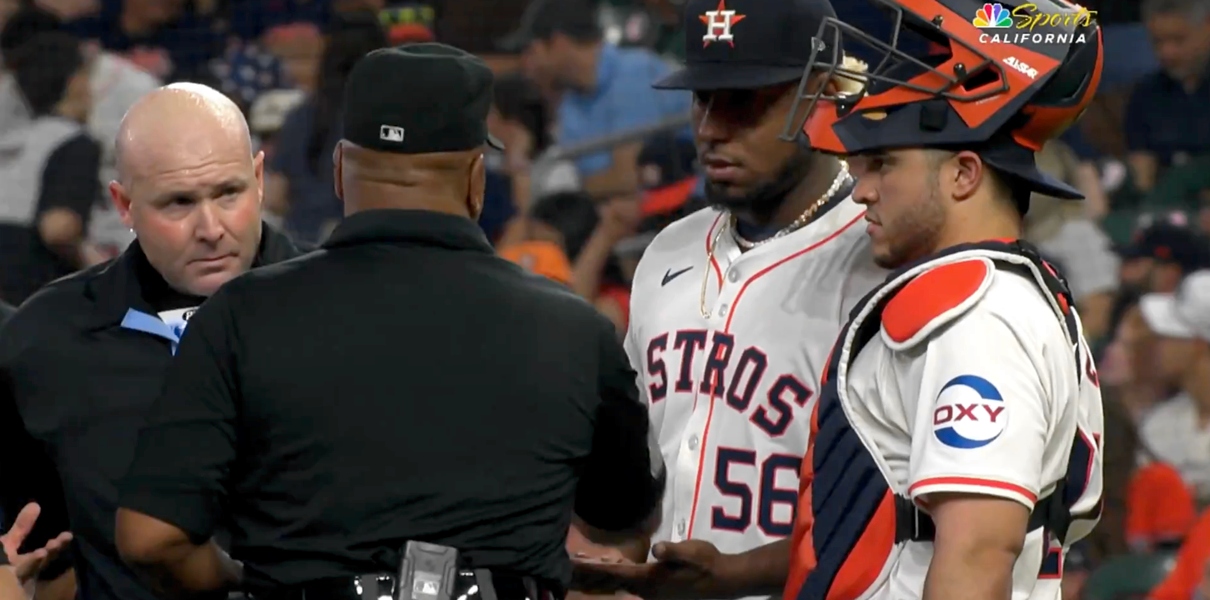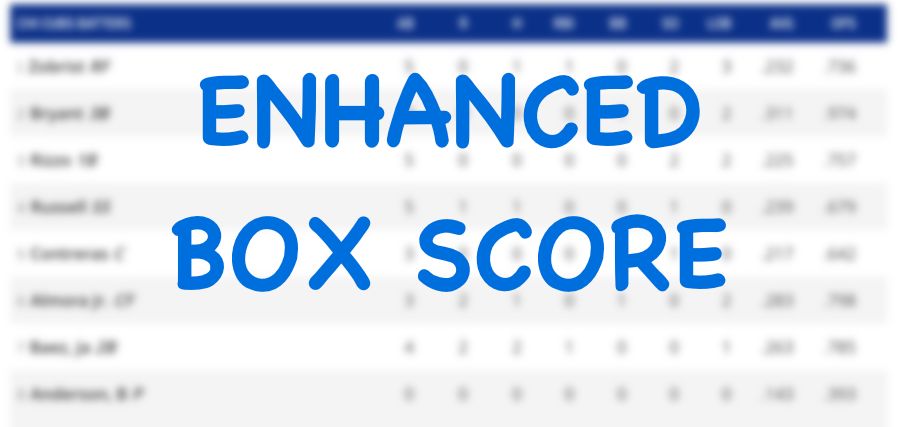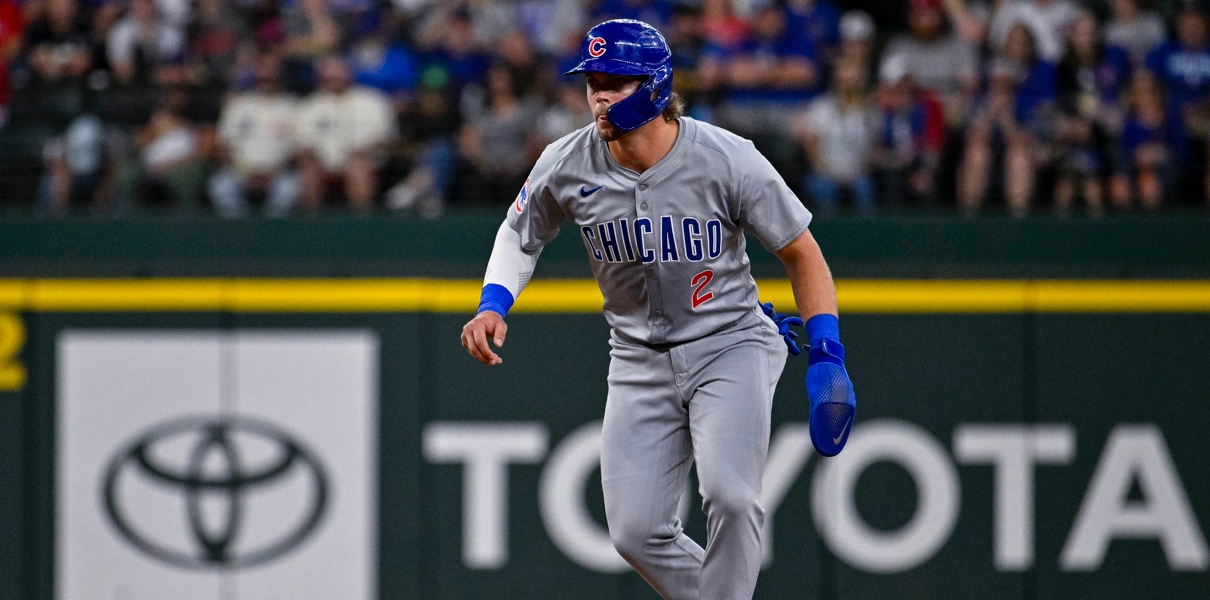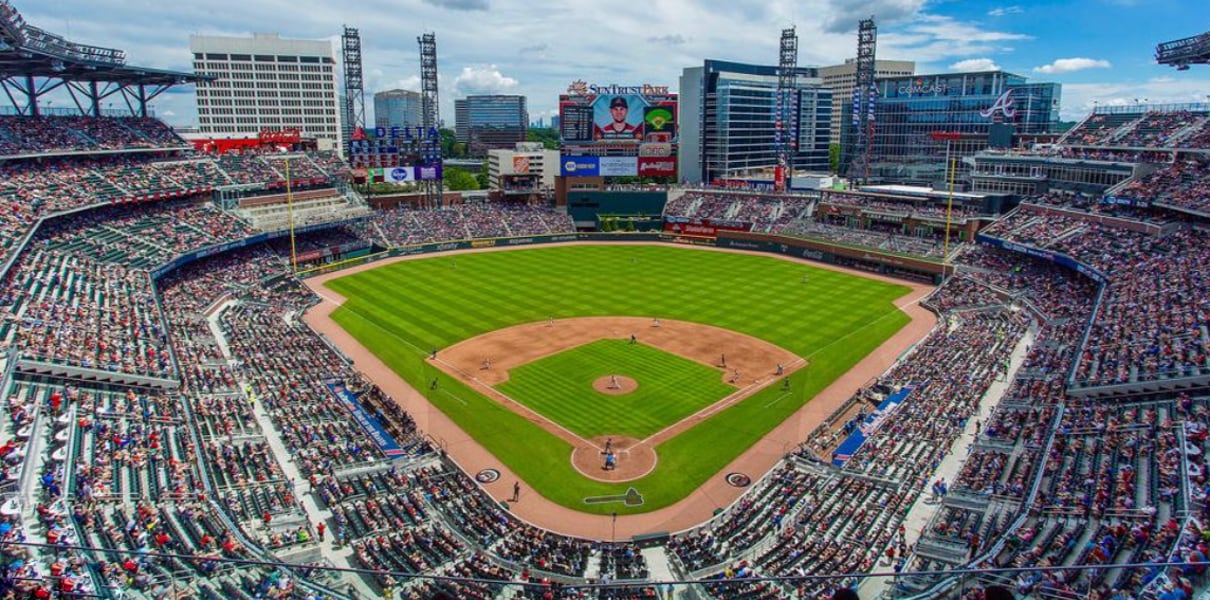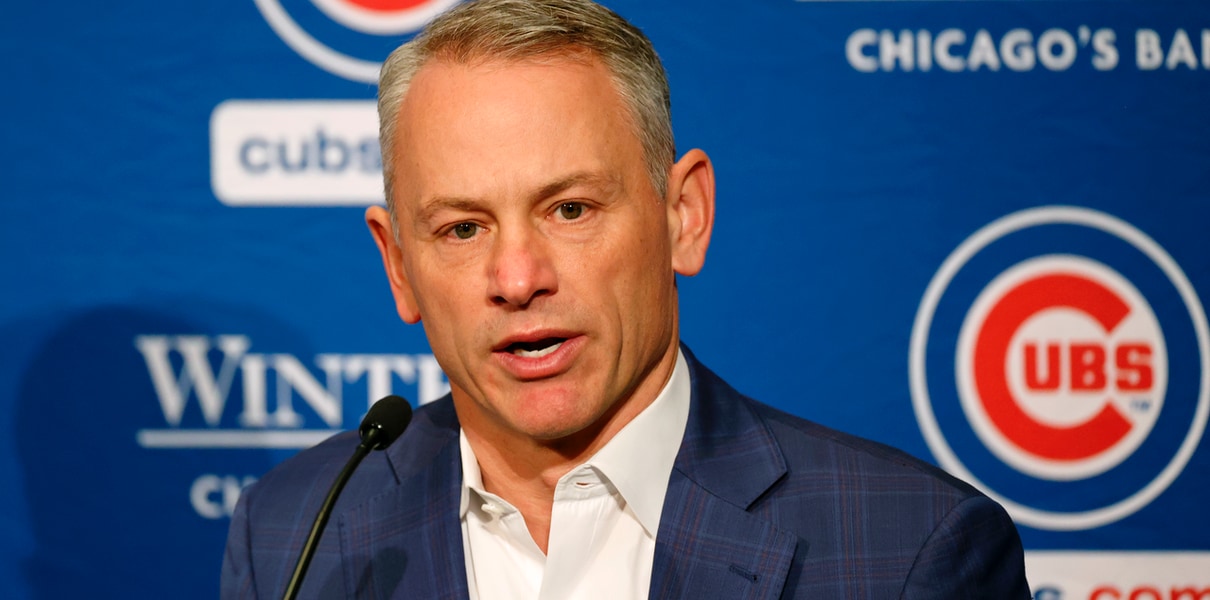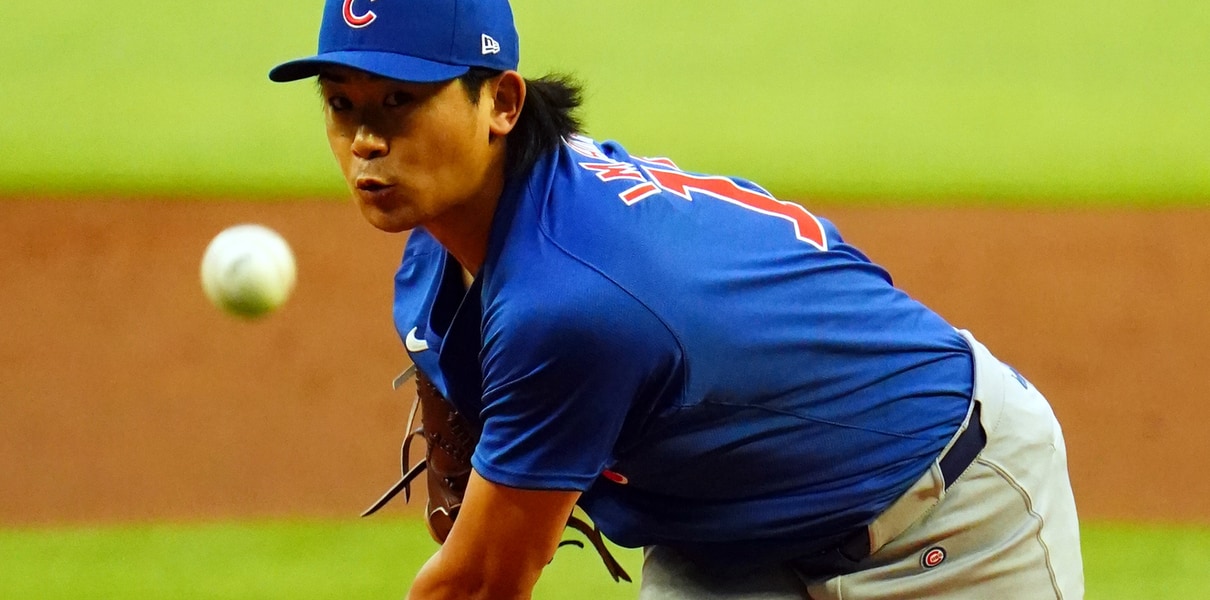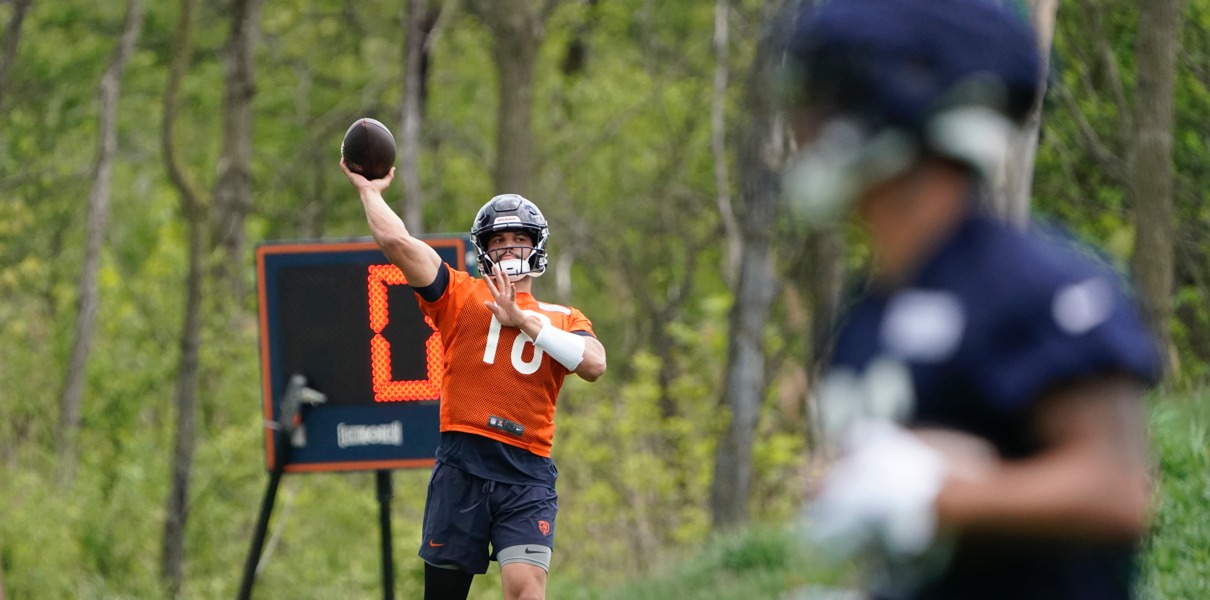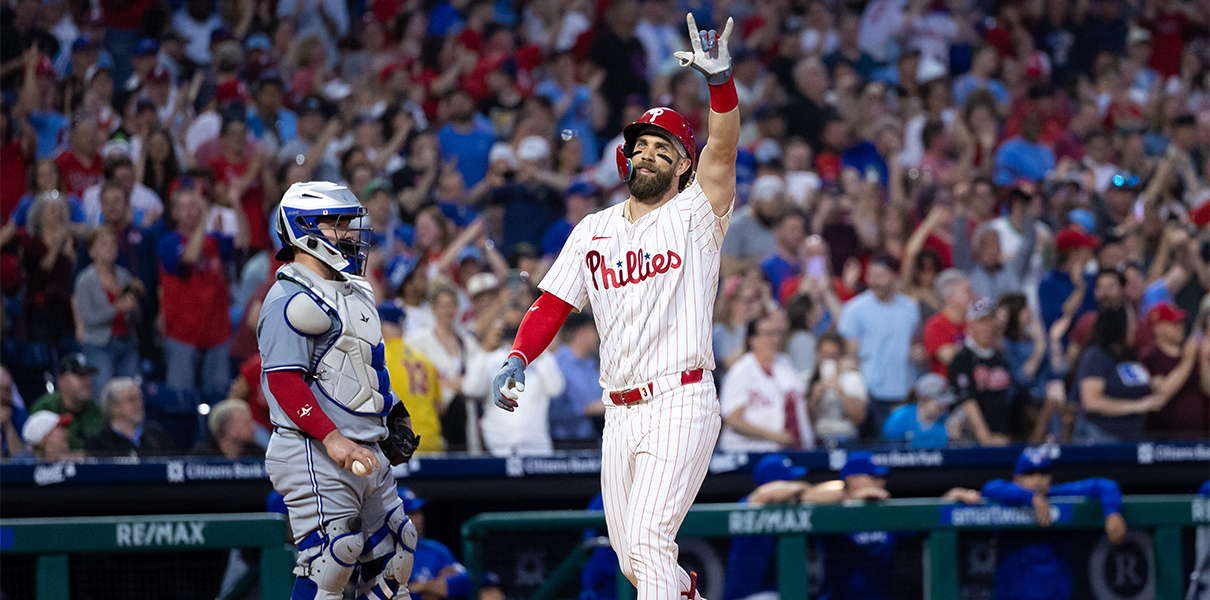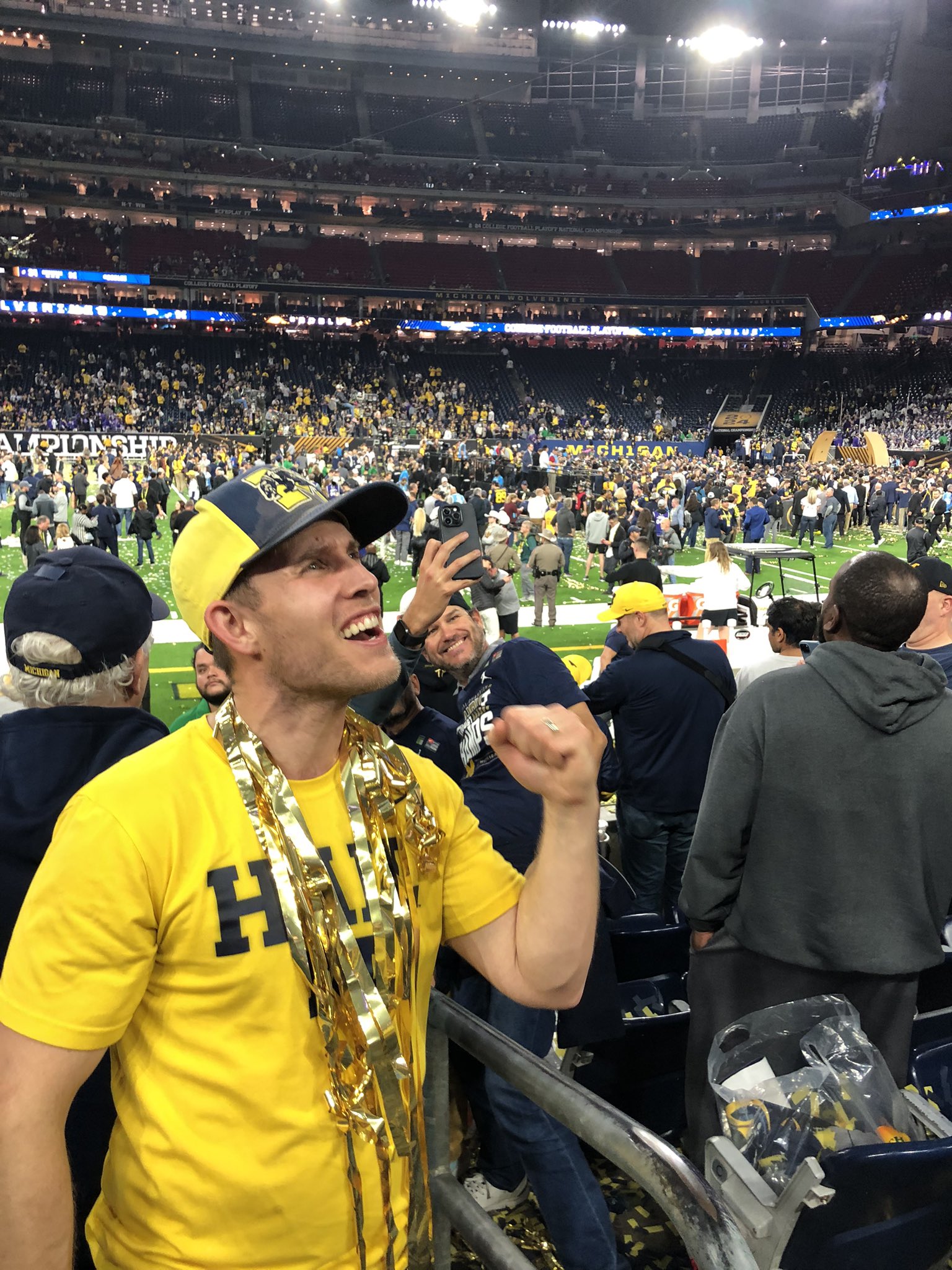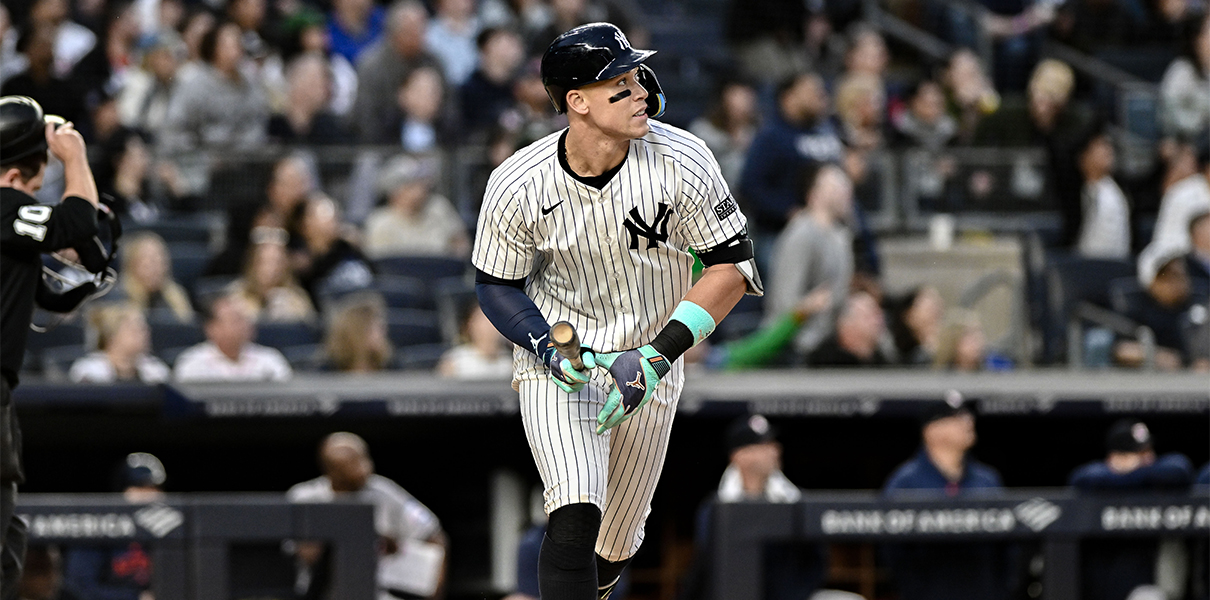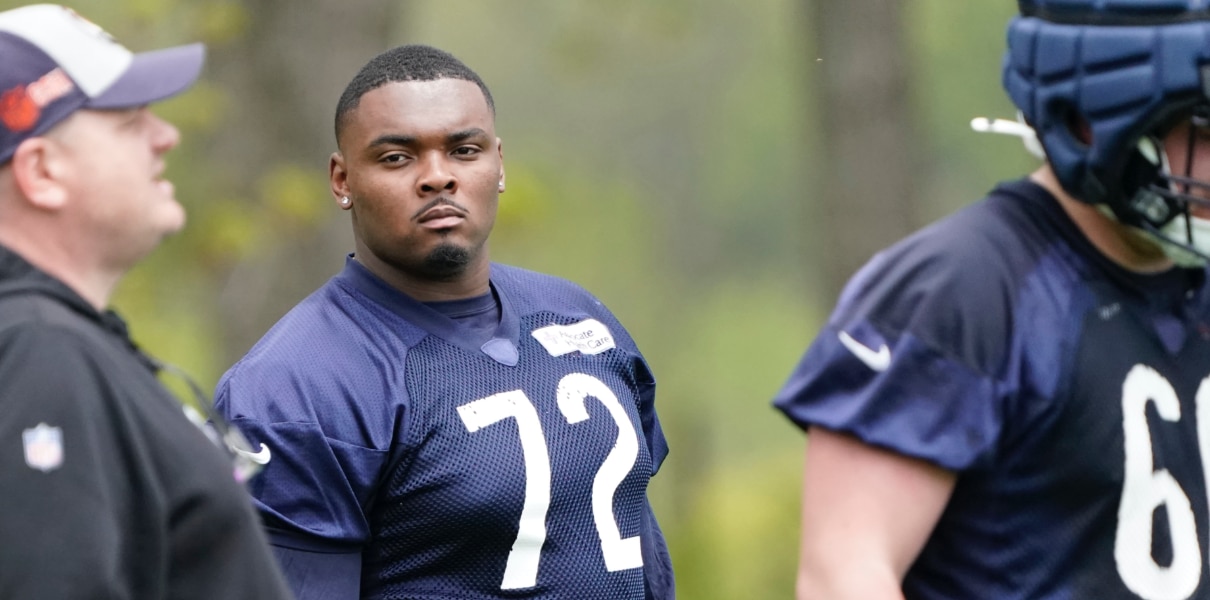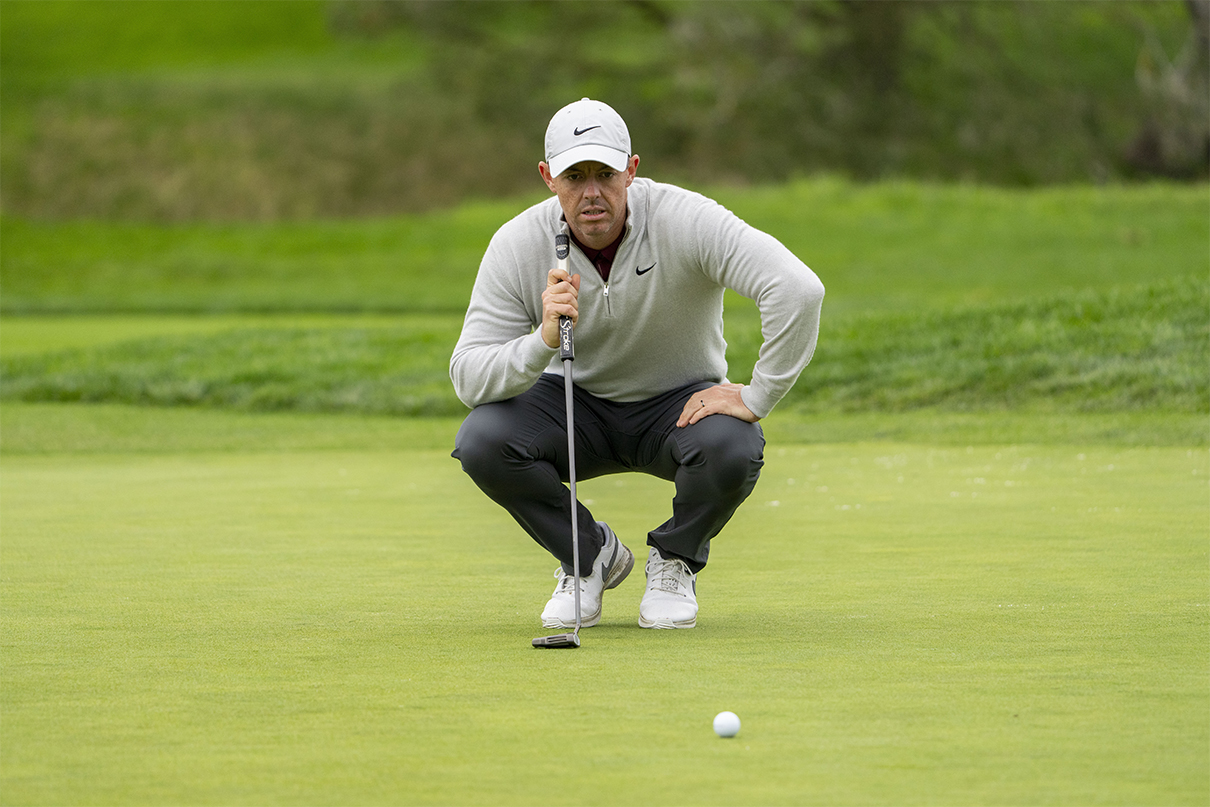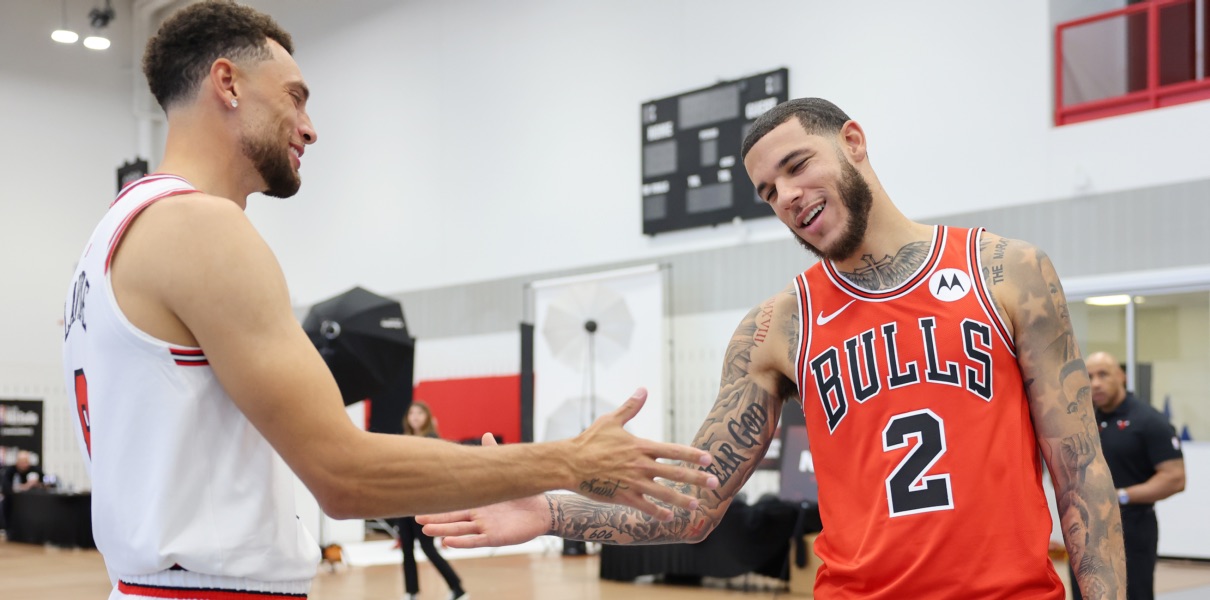
First of all, I’d like to thank Brett for giving me the opportunity to publish this on Bleacher Nation. Brett runs a fantastic site and, as one of my co-bloggers said the other day, he gets most of his Cubs news information from this site. I do, too. [Ed. – I totally made him say that.] Some of you may remember a brief discussion that began in the comments a week or so ago regarding Matt Garza’s trade value. After Brett and I exchanged some emails, he wanted to publish something on BN, so I put this article together.
When you hear the words “trade value,” some of you are instantly thinking that we can’t assign a single number to someone’s value. Baseball seems far too complex to do that. We’re dealing with talented athletes, but the athletes are also human beings who may or may not respond differently depending on the environment. Before I get into this article, I would like to point one thing out. Baseball teams do assign “one number” to a player. Fans have in mind one number for a ballplayer. Recently re-signed Reed Johnson’s one number was $1.15 million. Albert Pujols’s one number was just north of $254 million over 10 years. 2011 Cubs first round pick Javier Baez’s one number was $2.65 million. Fans look at players and think so and so is worth about three years and $24 million. We already assign one number to each player, and this number is his value to the organization. It’s based on how many runs and wins he’s going to provide the team. That number is representative of how good a player he is.
As a result, I reject the premise that we cannot assign one number when discussing trades. If free agents, draft picks, and international free agents are assigned one number, then we can be pretty sure that one number is uniform across all transactions. That “one number,” the dollars paid, represents the value the player adds to the team above a hypothetical replacement level player. Replacement level is based on average, but we know that the typical replacement isn’t an average ballplayer. If he was, he’d have made a team out of spring training. Replacement level in the NL is 2 wins worse than average per full season.
We need to know the value of the win. Prior to the economic collapse, inflation in baseball was a steady 10%. If the win value one year was $3.5 million, it would be $3.85 million the following year. Around 2007 or 2008, that stopped. While the ticket sales weren’t hugely impacted by the recession, the value that players were worth remained stagnant at $4.5 million. The new CBA is designed to increase veteran salaries by limiting the amount teams can spend on amateur talent. Thus, a reasonable estimate for the value of the win in 2012 is about $5 million.
It’s important to recognize that not all players will sign for $5 million per projected Win Above Replacement (WAR). Some will sign for less and some will sign for more, but the average is about $5 million. There are a number of reasons why some players are underpaid and overpaid. Several years back, Placido Polanco signed an extremely team friendly contract. Tangotiger argued in 2006 that Polanco’s projected value was equal to that of Derek Jeter, who was making $20 million per year. Jeter, partly because he played in New York, and partly because the media has overrated him (still a first ballot Hall of Famer though), was making significantly more money than he was worth. Polanco, partly because he didn’t play in New York, and partly because much of his value was derived from defense, was underpaid considerably. It turns out when you look back since tangotiger’s article, the two have been worth the same amount of money. One was overpaid, and one was underpaid.
Popularity can have an impact on how much a player is paid. Teams tend to undervalue defense, so strong defensive players are sometimes underpaid relative to weaker defenders, who derive most of their value from the bat. Years ago OBP was undervalued, and teams focused heavily on SLG. The more teams bidding on a player the more his value may increase. I say “may” because it depends entirely on what kind of bids teams are turning in. Are these teams willing to acquire the player at all costs? Are they only bidding up to what they think he’s worth and not getting into any bidding wars? We don’t know. The fewer teams that are interested in a player the less he’ll earn, or the less his team will receive in a trade.
One example is left-handed relievers. Teams continue to overvalue the 70 innings they get from a solid left-handed reliever. This was evident in the great package the Cubs received in return for Sean Marshall.
Let’s take a look at one of the best players in baseball. Albert Pujols signed a 10-year, $254 million contract this offseason. How much trade value would you think he has? Absolutely none. One of the very best players in all of baseball has no trade value whatsoever. Some of you may be thinking that this can’t be possible. The reason he has no trade value is that he signed a free agent contract this offseason. He’s being paid market value. To illustrate this I’m going to use someone I’ll call Player X, who signed a 1-year contract for $5 million. He’s projected to be worth 1 WAR, so he was paid precisely what he’s worth. Now imagine that teams can trade recently signed players. This player has no value. Just 1 WAR would be traded away, and the team acquiring the player would be paying $5 million (the full price of a win on the free agent market). If this other team wanted him they’d have signed him as a free agent. Perhaps they’d have offered something like $5.1 million if they determined that this player was a necessary acquisition. They didn’t, and the player has no trade value. The trading team could agree to pay part of the contract in an attempt to get a prospect back, but that’s the only way they’d get anything in return. In fact, almost all players who sign free agent contracts immediately have no trade value. On a long-term contract the player could improve or get worse, which would then change his trade value going forward.
Here’s some information I put together about the Matt Latos trade when Brett and I were discussing this valuation issue. I’ll post the relevant information, and then explain how I got there.
Matt Latos: 13.5 WAR over next 4 years
Average win value: $5.39 million
Value provided: $72.53 million
Projected Salary based on arbitration 1, 2 and 3 being worth 40%, 60% and 80% of market value: $33.3 million
Projected Salary based on similar players: $26.0 million
Difference between value and projected salary (similar players): $46.55 million
Boxberger: $2 million (early in his career, but he has some minimal value)
Grandal: $10 million (probably not a top 50, but a good prospect nonetheless)
Alonso: $15 million (based on his prospect ranking at the beginning of 2011 by Baseball America)
Volquez: $15 million (projected for 3.5ish WAR over next 2 years, $5.13 per win average, $18 million value, estimated $8 million salary, $10 million surplus)
Total: $52 million
Latos is under team control for four more years. The Oliver projections and the Fans Projections on FanGraphs have Latos being worth 4.1 WAR in 2012. CAIRO’s projections are considerably lower for Latos, but we’ll weight that less than the others. Say 3.7 WAR to begin with. Oliver has a six-year forecast, but its weakness is that it doesn’t adjust playing time. As players age, they play less. Latos is 25 years old, so we can expect him to still be worth another 3.7 WAR in 2013. By that time, an expected decline begins at about -.5 WAR per season, so that would be 3.2 WAR in 2014 and 2.7 WAR in 2015. That’s a total of 13.3 WAR, so I’ve increased it to 13.5 because I’m a nice guy.
The average win value there is the average of the four remaining years. If it’s $5 million in 2012 and we increase it by 5% for inflation year, the average of the four is $5.39 million per win. Therefore the total projected value is $72.53 million.
The projected salary based on what arbitration players are typically paid is about $33.3 million, but that’s a little high. It’s unlikely he’ll earn that much money, so I’ve adjusted it to $26 million. (Matt Garza will end up with four years of arbitration and his total earnings during that period are likely to be about $28 million.) The difference between the projected value and projected salary is his surplus trade value ($46.55 million). The Padres essentially traded $46.55 million to the Reds.
The Padres received four players in return. I calculated the value of Boxberger, Grandal and Alonso using the values found in this article. It’s based on information from an article at The Hardball Times. The value for Edinson Volquez was calculated in the same way that I did for Latos. As you can see, the Padres received approximately $52 million in value for the $46.55 they traded away. Relatively comparable.
I went through the same process for Gio Gonzalez, who, like Latos, was recently traded for prospects. I’ll just paste the information I sent Brett before we move on to Matt Garza. This is a Cubs blog, and that’s what we mostly care about.
The Gio Gonzalez trade is a bit more difficult to evaluate. FanGraphs has him worth 6.7 WAR over the last 2 years, and B-Ref has him worth 9.2. Oliver projects 2.9 WAR. The Fans project 3.1 WAR and CAIRO projects 3.2 WAR. From that standpoint it’s relatively easy, but there’s a big difference between his defense independent stats and his runs allowed. He doesn’t have a large sample, so it’s best to assume those will even out and be much more similar to his defense independent metrics (fWAR uses them). That’s why we get the 3.0 WAR projection average because they’re based on defense independent pitching stats.
2012: 3
2013: 3
2014: 3
2015: 2.5 (29 years old and already on the downside of his career)
Total: 11.5 WAR
Using 5% inflation, we get an average win value of $5.39 million (the same as Latos of course). That makes Gonzalez worth $70 million. A reasonable pay scale will be something like $0.48, $3.5, $7, $12 for a total of $30 million. Gonzalez has a surplus trade value of $40 million.
The prospects the A’s received for Gonzalez: Cole and Peacock are both B prospects (Cole a B+). Peacock is worth $7.3 million, Cole worth about $9 million. Norris was ranked 72 entering last year, so that’s an additional $10 million. Milone is interesting – 5.5 K/BB ratio in the minors. In a small sample at the big leagues, his K rate dropped considerably, but his BB rate remained about the same. He’s not ranked in the top 100 and Sickels has him at a grade B-, so he’s worth about $5 million. I’d venture a guess he’s worth more than that, but the numbers are the numbers.
$31.3 million was sent to the A’s, even though the surplus trade value was $40 million.
Between these two huge trades, there was a surplus trade value of $86.55 million, while the teams traded away a value of $82.3 million.
This all leads to Matt Garza.
Matt Garza has two years remaining of club control, in which he’ll make an estimated $8.7 million in 2012 and $12 million in 2013. Oliver projects 3.9 WAR for Garza in 2012. Some of you may say this is much worse than last year, but keep in mind, players who do well one season usually regress the next. Plus, Garza’s WAR on FanGraphs (fWAR) was 5.0, but on Baseball Reference (rWAR), it was just 2.9. If you’re curious about the differences, I encourage you to check this thread out on The Book Blog.
Knowing that players, once they pass their prime of 26 to 28 years old, get worse by about .5 WAR each year, we can estimate Garza would be worth 3.4 WAR in the 2013. Over the next two years we have a projected value of 7.3 WAR for Garza. The estimated win value over that time is an average of $5.13 million making Garza worth $37.5 million.
He’ll be paid roughly $21 million over those two years, so his surplus trade value is $16.5 million (let’s call it $17 million). If we look back at our farm system values, we find that the following ranked prospects are worth roughly what Garza’s surplus trade value is:
Top 51-75 hitters ($14.2 million)
Top 10-50 pitching prospects ($15.5 million)
A reasonable return for Garza, therefore, would be one top 10-50 pitching prospect or one top 51-75 hitting prospect. That gets us pretty close, but there’s still a little extra that the Cubs should want in return. A Grade C pitcher, 20 or younger, is worth $2.1 million, so that would round out our expected return for Matt Garza.
Jacob Turner has been discussed, and, while I don’t think he’s actually available, he was the 21st ranked prospect in all of baseball last year. If you’re interested in putting a name to a C prospect, have a look at Sickels’ top 20 Cubs prospects. It’s someone of equal talent to a Rafael Dolis or a Dave Sappelt, whom the Cubs recently acquired.
I don’t think Turner is available in a trade for Matt Garza because he’s not only a top 25 prospect, but he reached the big leagues at the age of 20. The value he could potentially provide the Tigers for 6 more full seasons is far higher than what Garza will provide them over the next two years. I believe Turner would be available for the right player, but I don’t believe Garza is that guy.
Garza’s trade value and their asking price is why I’m resigned to the Cubs not trading him. The next decision, in my opinion, is about how much to offer him for an extension.
Using the same 7.4 WAR and $5.13 million win value, we get a free agent contract of 2 years and $38 million. But Garza is not a free agent. Arbitration-eligible players make less than they are worth. In fact, the percentage of what they make compared to their actual value is something like this: 40%, 60% and 80%. Over two years, Garza is worth 70% of his free agent value, which is $26 million.
The Cubs wouldn’t just sign him to two years though. We project a 3.4 WAR in 2013, so it would be 2.9 the following year, and then 2.4, and then 1.9. That’s an additional 7.2 WAR. The average win value of those year is $5.8 million. Add that $45 million to the $26 million over the next two years and you get a 5-year deal for $71 million. John Danks signed a 5-year, $65 million extension, but he had only 1 year of club control remaining. I expect Garza would at least match the $65 million that Danks received.
Question: should the Cubs trade Garza for the expected return, sign him a 5-year extension or let the next two years play out? Strong arguments can be made for any of them. What say you?





